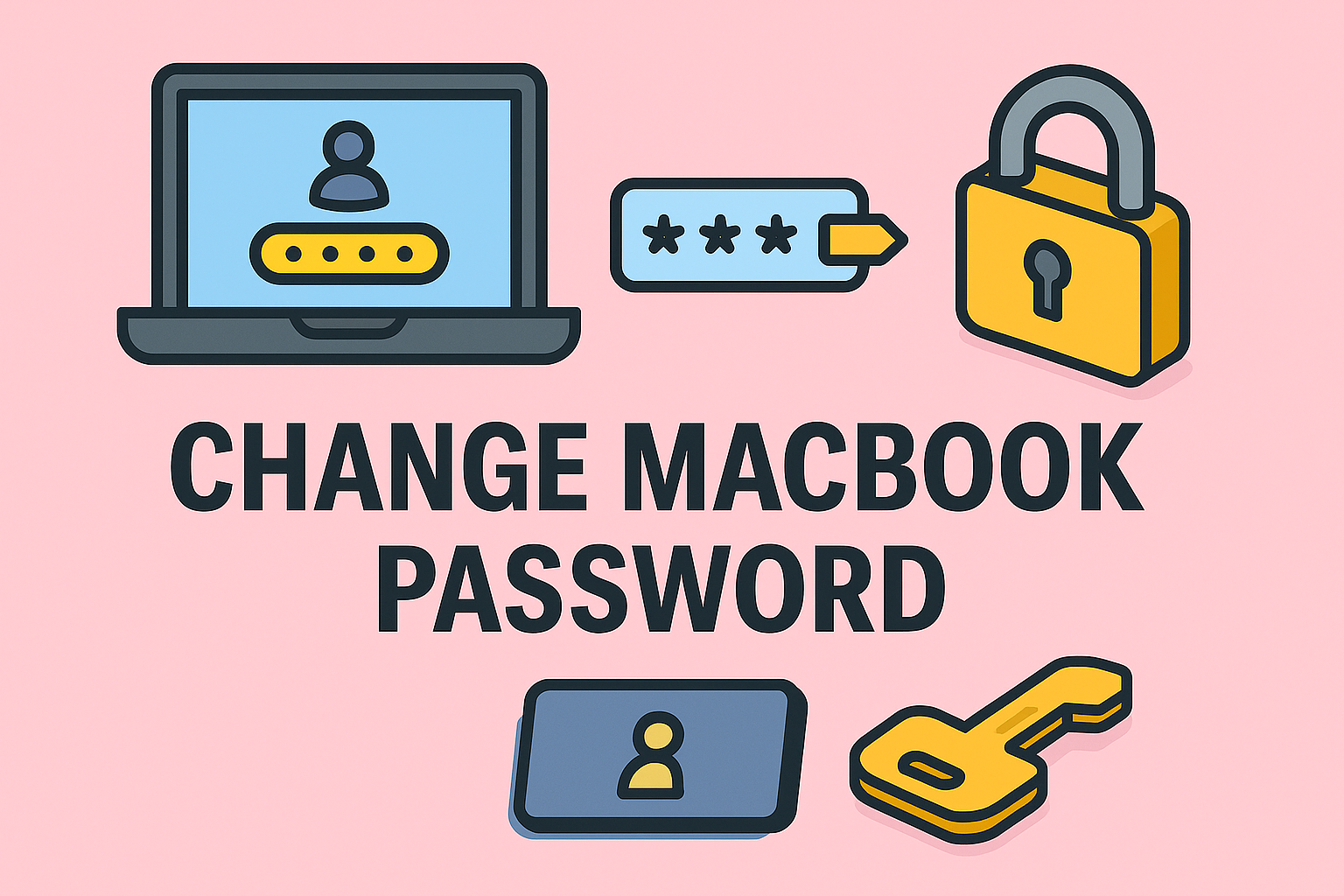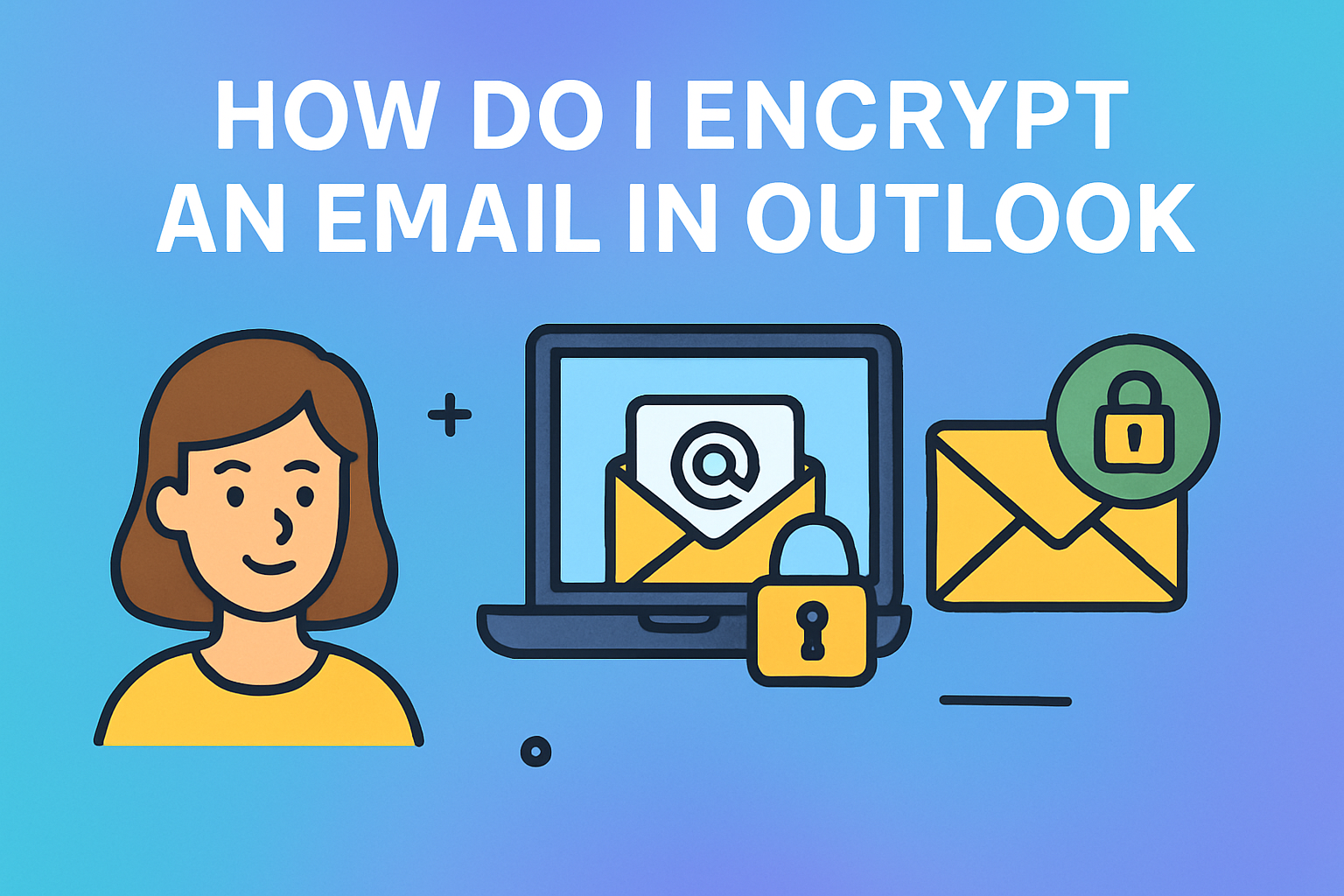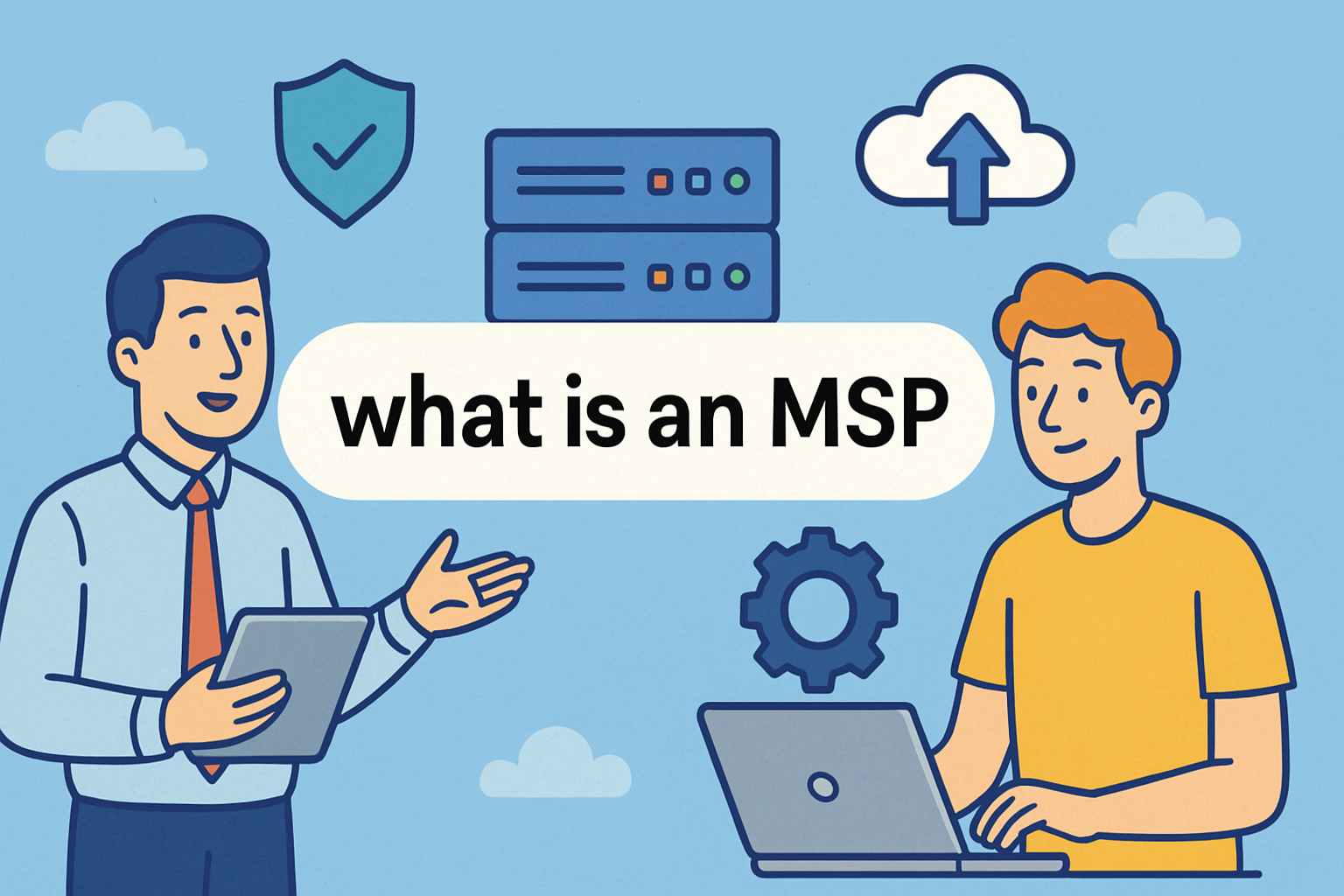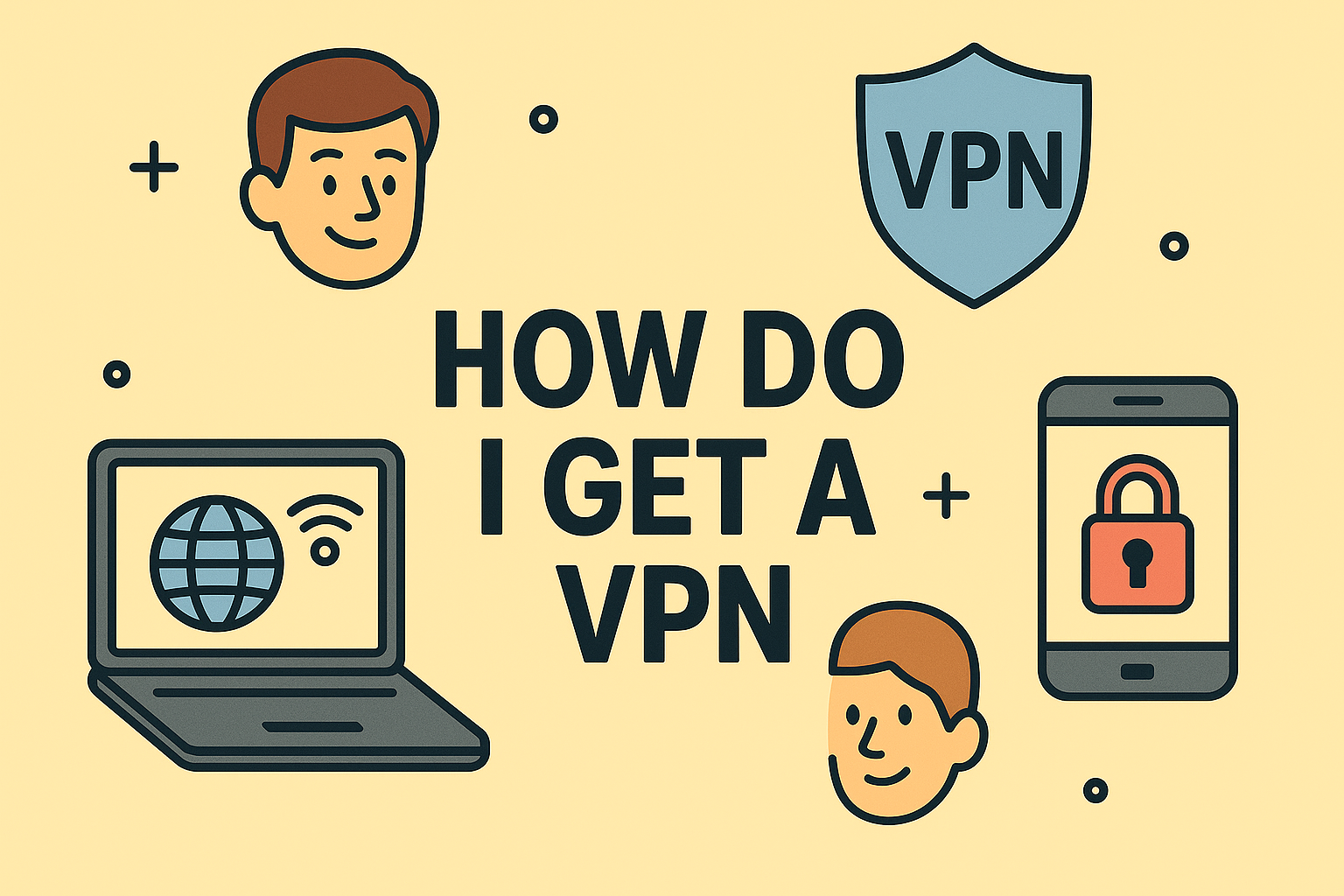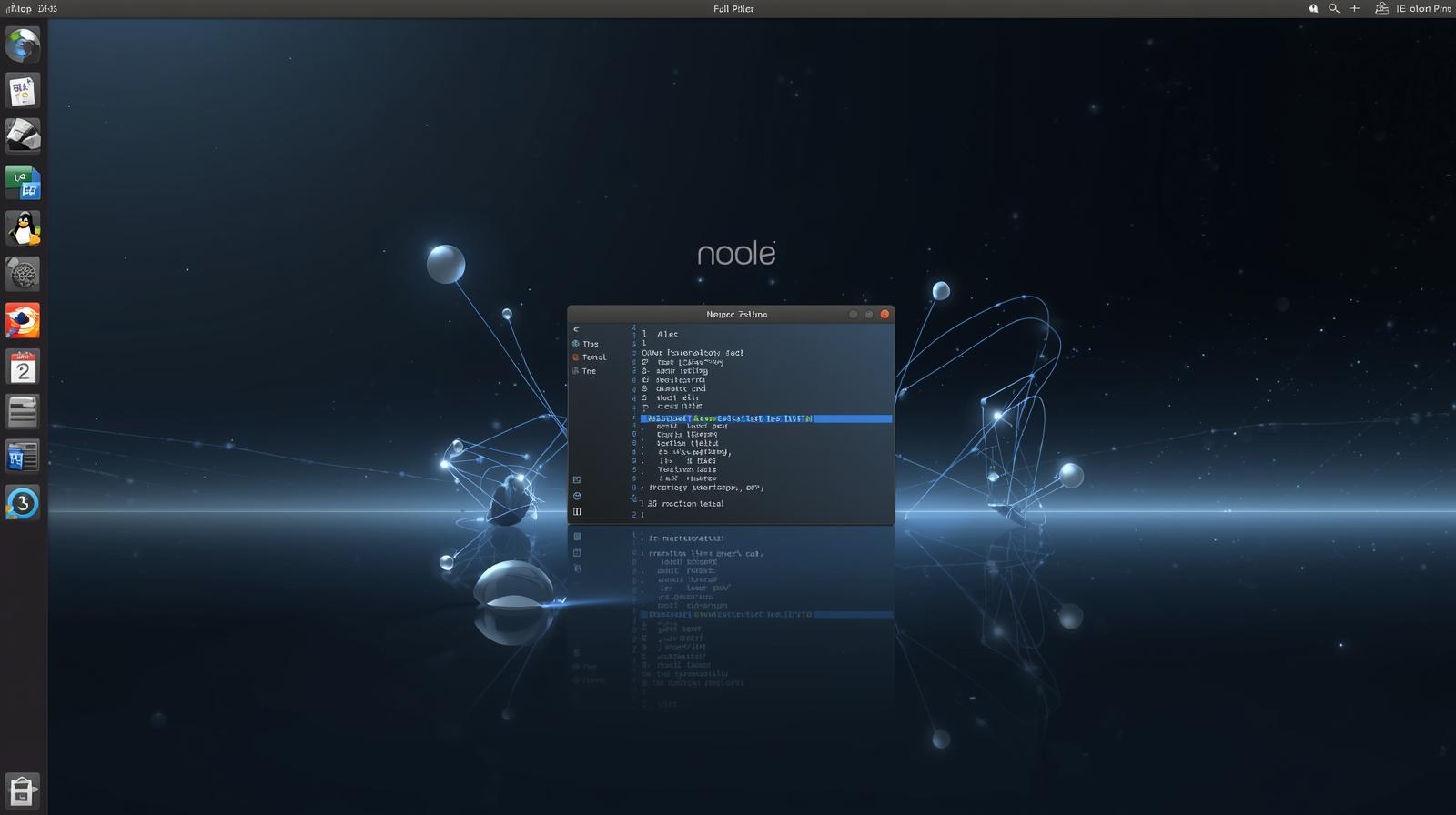Are You Being Watched Online?
Updated on July 8, 2025, by ITarian
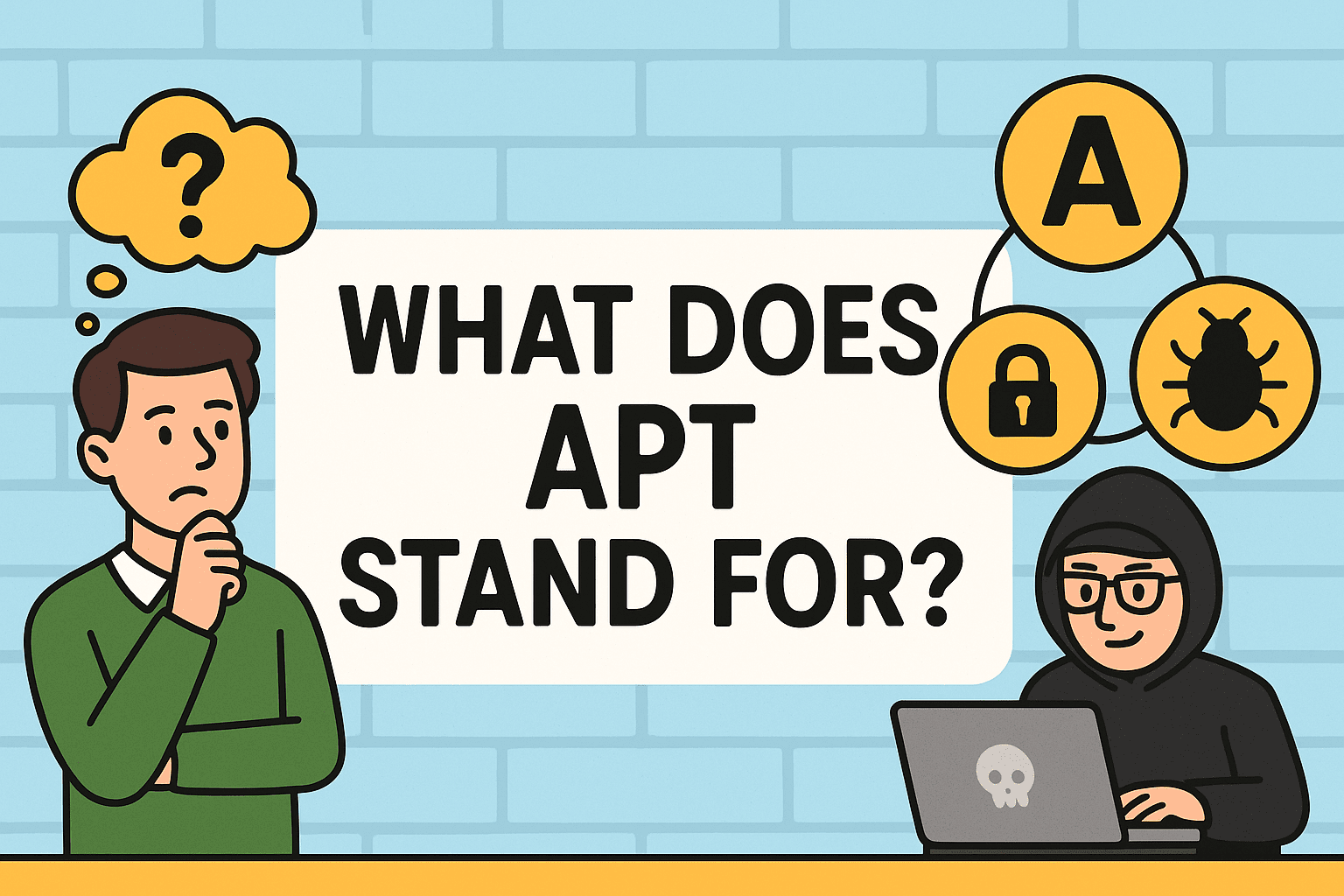
Imagine a hacker who doesn’t just break in and leave—but sticks around, silently observing your systems, stealing data for months or even years. These aren’t your average cyber threats. They’re called APTs. So, what does APT stand for?
APT stands for Advanced Persistent Threat—a stealthy, sophisticated cyberattack technique used by highly skilled threat actors to infiltrate networks over a long period. These threats are not just random. They’re calculated, targeted, and often backed by nation-states or organized cybercrime groups.
Let’s explore how APTs operate, why they’re so dangerous, and how businesses can guard against them.
What Does APT Stand For? Breaking It Down
A – Advanced
These attacks use cutting-edge techniques, zero-day vulnerabilities, custom malware, and social engineering to penetrate defenses.
P – Persistent
APT attackers maintain access over time, often without triggering alarms. They are patient and strategic.
T – Threat
They pose serious risks—stealing intellectual property, financial data, or even taking down critical infrastructure.
An Advanced Persistent Threat is not a one-time incident. It’s a prolonged cyber-espionage campaign targeting specific entities such as enterprises, governments, and high-profile individuals.
How Do APTs Work?
APT attacks typically follow a multi-stage lifecycle, designed for stealth and long-term access:
1. Reconnaissance
- Hackers gather intel on the target’s infrastructure.
- They identify vulnerabilities, employee habits, and access points.
2. Initial Compromise
- Attackers often use spear-phishing emails or malicious downloads.
- Once inside, they establish a foothold in the network.
3. Establishing Persistence
- Backdoors and rootkits are installed to retain access.
- Credentials may be stolen to mimic legitimate users.
4. Lateral Movement
- The attacker moves within the network, searching for valuable data.
- Tools like PowerShell or Mimikatz are used to avoid detection.
5. Data Exfiltration
- Collected data is quietly transferred to external servers.
- Sometimes, this process is repeated over months.
Who Is Targeted by APTs?
APT groups typically target:
- Government Agencies
- Financial Institutions
- Healthcare Organizations
- Defense Contractors
- Large Enterprises with Valuable IP
These organizations often house sensitive data or national secrets—making them high-value targets.
Real-Life Examples of APT Attacks
1. APT1 (China)
Believed to be sponsored by the Chinese military, this group infiltrated U.S. companies for years to steal intellectual property.
2. Stuxnet
A collaborative U.S.-Israeli cyberweapon that targeted Iran’s nuclear facilities—one of the first APTs targeting industrial control systems.
3. SolarWinds Hack
Attributed to Russian APT group APT29, this 2020 breach impacted over 18,000 organizations, including U.S. federal agencies.
These examples underscore how Advanced Persistent Threats can cause massive, long-lasting damage.
Role of Network Intrusion Detection in Preventing APTs
One of the most effective ways to detect APT activity is through Network Intrusion Detection Systems (NIDS).
How NIDS Helps:
- Traffic Monitoring: Analyzes inbound and outbound network traffic for unusual patterns.
- Signature Matching: Detects known attack behaviors using databases.
- Anomaly Detection: Uses machine learning to detect unknown or evolving threats.
Many APTs remain undetected for months. However, with proactive NIDS and behavioral analytics, organizations can spot red flags early.
Key Characteristics of APTs
| Characteristic | Description |
| Stealthy | Operates silently in the background |
| Targeted | Aimed at specific organizations or individuals |
| Resource-Intensive | Often state-sponsored or backed by criminal groups |
| Long-Term Objectives | Goals include data theft, sabotage, or espionage |
| Multi-Vector Attack | Uses emails, malware, zero-days, and more |
Tips to Protect Against APTs
- Implement Strong Endpoint Security
- Use AI-powered tools that detect zero-day malware and advanced threats.
- Conduct Regular Threat Hunting
- Engage security analysts to scan for dormant threats.
- Segment Your Network
- Limit lateral movement within your IT infrastructure.
- Educate Employees
- Run phishing simulations and cybersecurity training.
- Use Multi-Factor Authentication
- Prevent unauthorized access even if credentials are compromised.
- Invest in Advanced Monitoring
- Use SIEM, NIDS, and UEBA tools for real-time visibility.
Common APT Groups to Know
| Group Name | Country of Origin | Notable Targets |
| APT28 (Fancy Bear) | Russia | NATO, governments |
| APT29 (Cozy Bear) | Russia | SolarWinds breach |
| APT1 (Comment Crew) | China | U.S. defense contractors |
| Lazarus Group | North Korea | Financial institutions, Sony |
| Charming Kitten | Iran | Academics, journalists |
Understanding these groups helps organizations recognize tactics, techniques, and procedures (TTPs).
FAQs About APTs
1. What does APT stand for in cybersecurity?
APT stands for Advanced Persistent Threat—a long-term cyberattack involving sophisticated tools and targeted strategies.
2. How long can an APT go undetected?
Some APTs can operate undetected for months or even years, depending on the target’s defenses.
3. Are APTs always state-sponsored?
While many APTs are backed by nation-states, some are carried out by cybercriminal organizations or independent hackers.
4. Can small businesses be targeted by APTs?
Yes. Even small companies can be stepping stones in a supply chain attack against larger enterprises.
5. How is APT different from regular malware?
APT involves ongoing access, stealth, and strategic goals, whereas most malware is opportunistic and short-term.
Final Thoughts: Don’t Let APTs Lurk in the Shadows
Understanding what APT stands for is just the beginning. In today’s threat landscape, cybersecurity is a business imperative, not just an IT issue. A single undetected APT can cause financial, reputational, and operational disaster.
➡️ Don’t wait for a breach. Secure your organization today with Itarian’s advanced cybersecurity platform.
👉 Start Your Free Trial Now!


